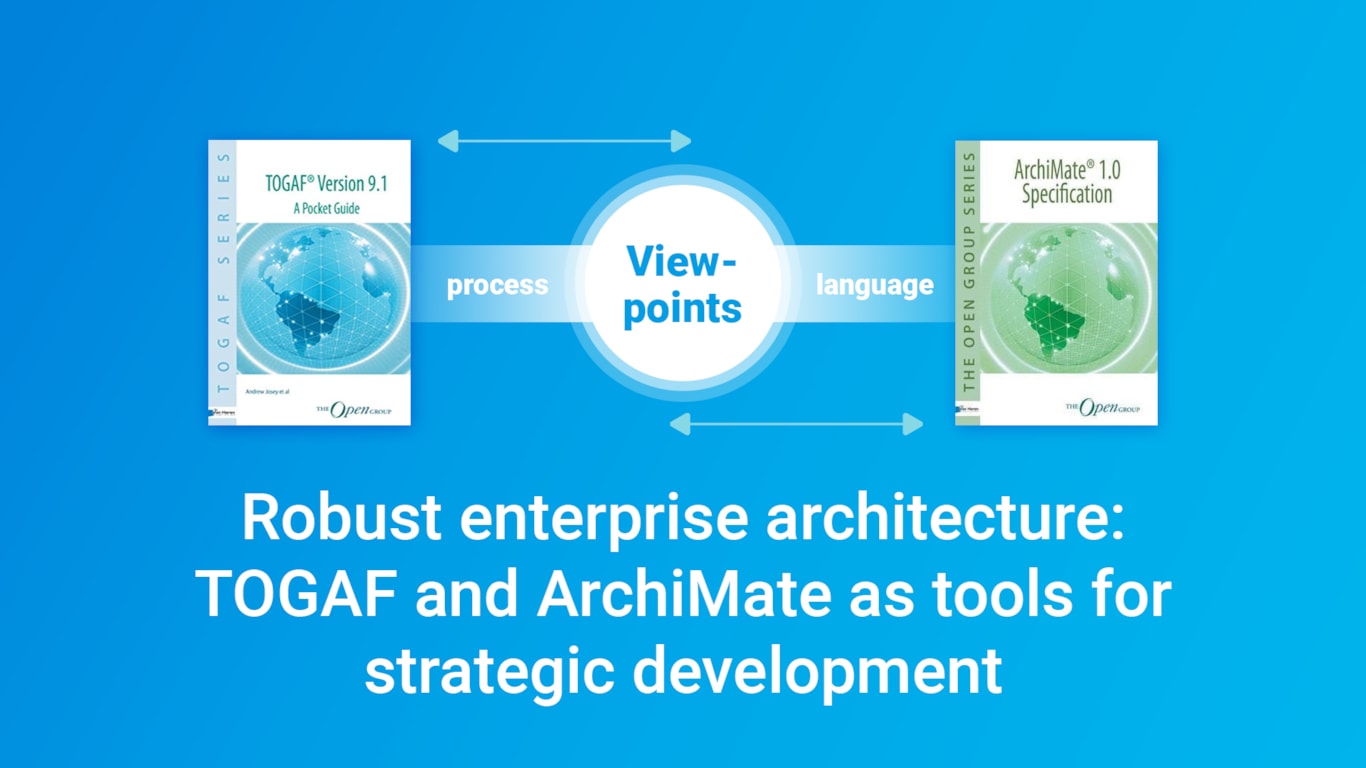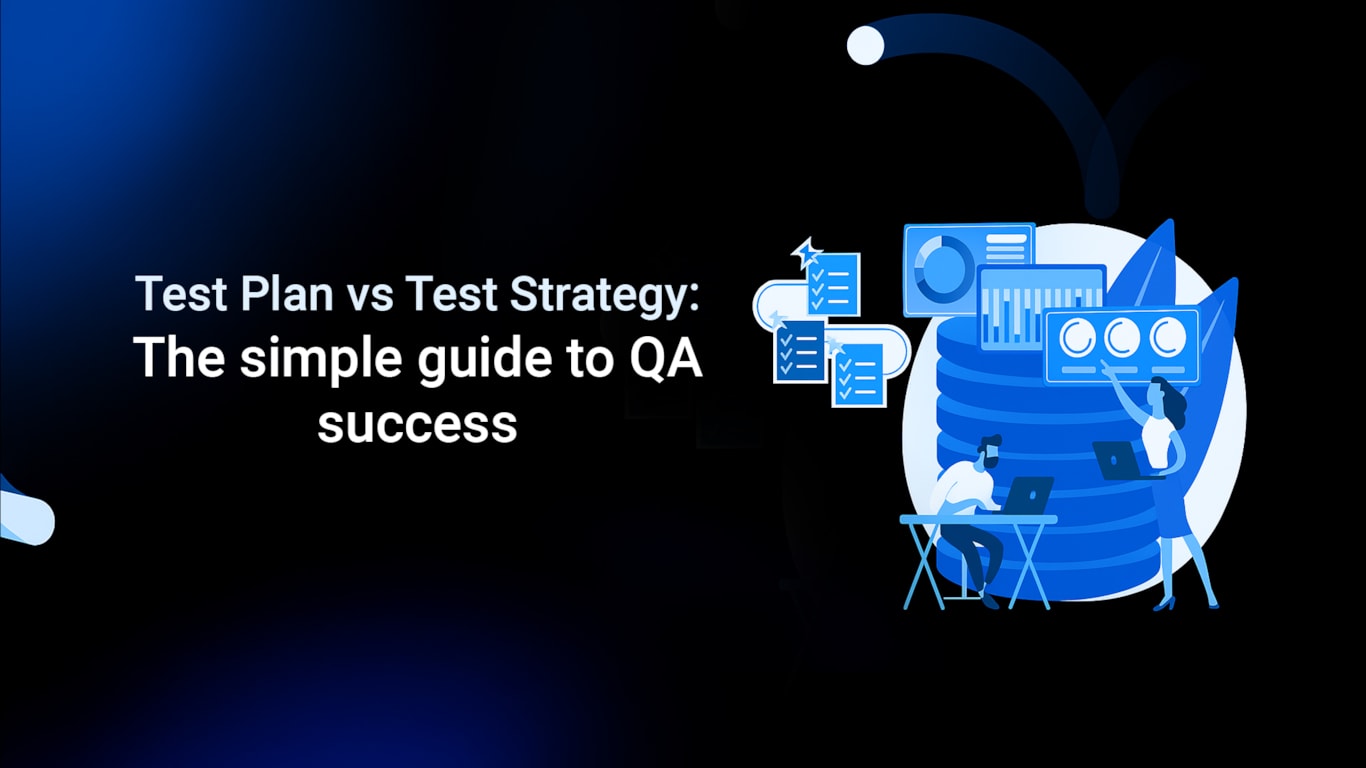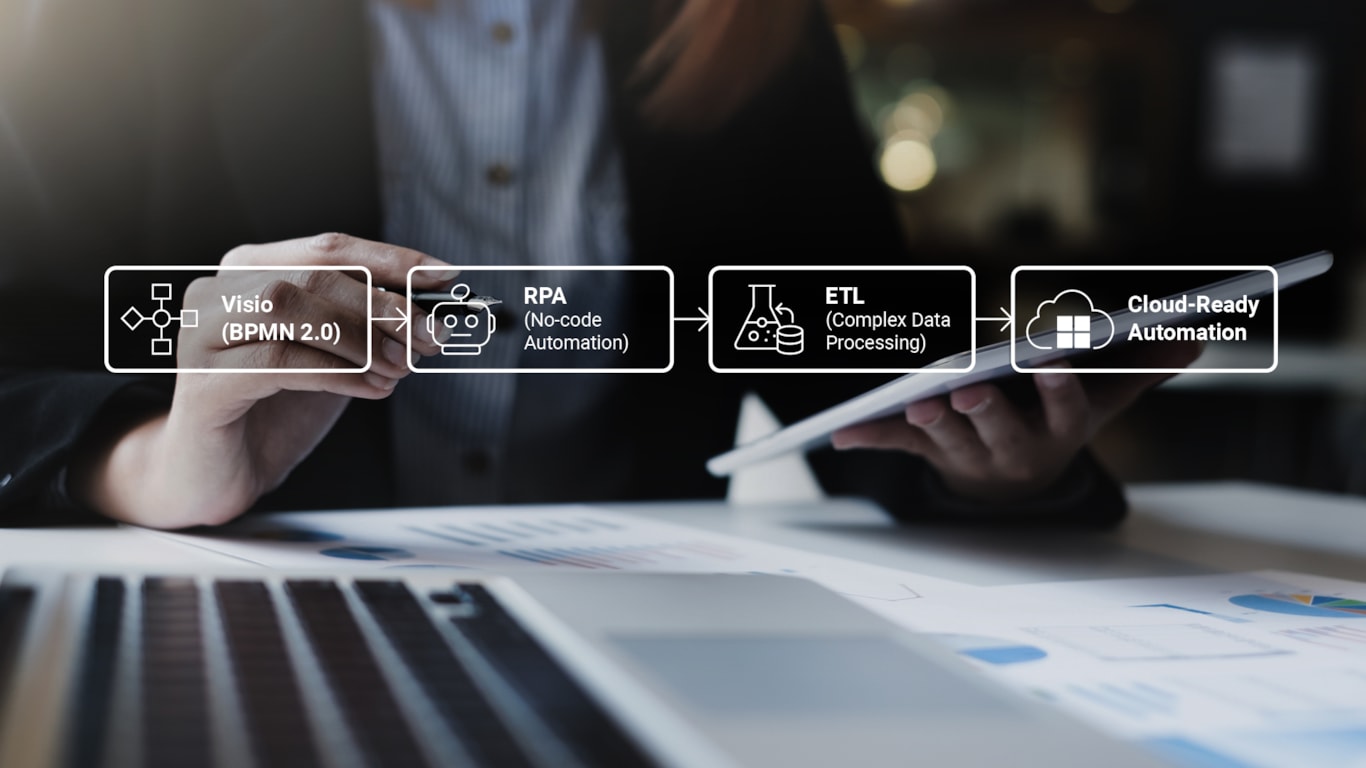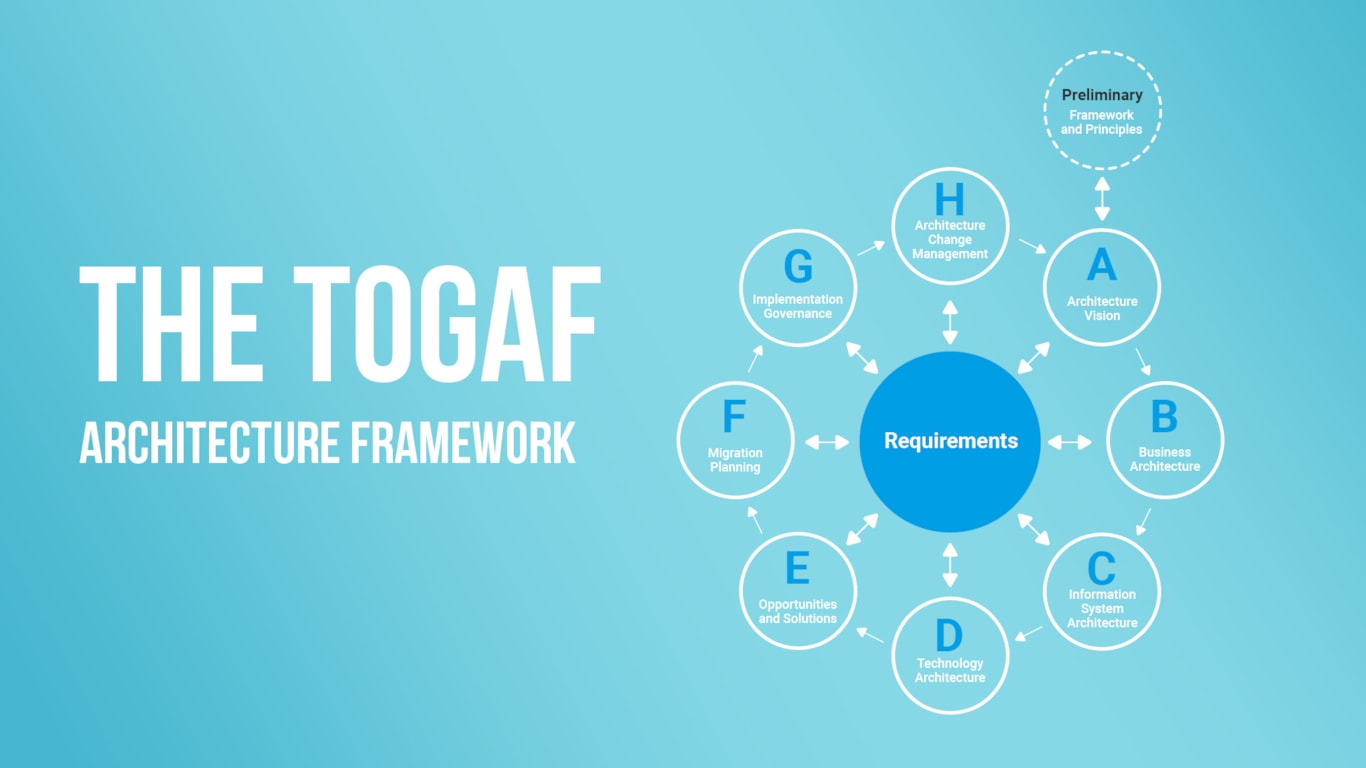
Risk-free enterprise architecture: TOGAF and ArchiMate for strategic growth
For large organizations, it is especially important that business processes are coordinated, structured, and well-integrated with the IT infrastructure. TOGAF and ArchiMate are powerful tools that help professionals streamline all processes and create a forward-looking enterprise architecture.

Test Plan vs Test Strategy: The simple guide to QA success
Implementing a test strategy and a test plan, essential QA documentation, provides the framework and clarity every business needs to ensure reliable, high-quality software delivery.

Process-driven automation for businesses: How BPMN, RPA, and ETL work together
Still stuck with manual workflows? Automation doesn’t have to mean massive rewrites or lost control. By combining clear process mapping (BPMN), no-code robotic automation (RPA), and smart data processing (ETL), you can streamline operations smoothly, integrating with your existing systems and scaling effortlessly in the cloud.

Using TOGAF and Archimate: Solving uncoordinated business processes
Uncoordinated business processes are the silent killers of enterprise efficiency. For large organizations, especially those with global operations, the challenge lies in aligning every team, system, and objective. Fortunately, frameworks like TOGAF and tools like ArchiMate offer a powerful path forward.

The process of preparing for enterprise architecture development with TOGAF
Modern businesses can’t afford to run on fragmented systems and outdated IT. To stay competitive, you need a unified architecture that connects strategy, processes, data, and technology. Start designing smarter. Explore how the right frameworks can turn architecture into your strategic advantage.

Cloud ETL: efficient management of data fragments for scalable insights
Data puddles are a practical starting point for managing information: easier to maintain, faster to access, and more adaptable to real-time business needs. However, this approach works well only in the early stages of the data collection. Digital transformation becomes a necessity for stability, effectiveness, and growth.